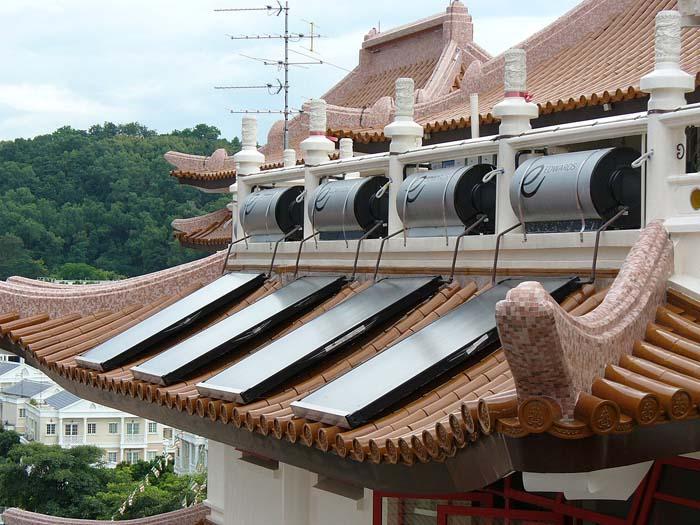When electric lines first appeared in front of the Paris Opera House, people weren’t too keen on it. But, “Once Paris decided it was going to be modern … people got used to it,” said Emanuel J. Carter Jr., an associate professor at the State University of New York’s College of Environmental Science and Forestry specializing in city planning.
As America is incorporating more and more solar energy into its grids, more and more solar arrays are meeting with community opposition.
One of the common reasons for opposition is aesthetics. With aesthetic worries often also comes the fear of decreasing property values near solar arrays.
“It’s simply a design problem,” Carter said. “Figure out how to make it beautiful and useful.”
Some residential panels are poorly installed without consideration of aesthetics. Some larger-scale community arrays could also be better designed.
To see examples of panels that may be considered ugly, click here, here, and here






